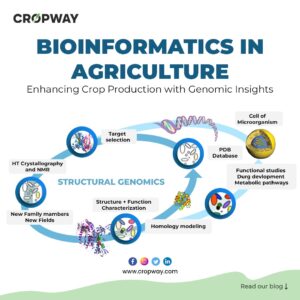
Irrigation refers to the method of watering farmland, pastures, and vegetation using pipelines, sprinklers, canals, sprayers, pumping systems, and other artificial specs rather than relying solely on rainfall.
In other words, it is a sophisticated watering system used to supplement crop growth as an alternative to rain-fed farming. Aside from that, it allows roots to penetrate in dry conditions and contributes to large harvests by providing plants with the nutrients they need for growth and development. Irrigation methods include the following:Traditional and modern methods.
Types of Irrigation Systems:
Manual Irrigation or Traditional method:
In this method, irrigation is performed manually. It takes time and and is labor-intensive. Water is delivered by using watering cans. The farmer carries water from wells or canals to farmed fields by hand or with the help of animals. Depending on where you live, this procedure may differ.
The primary benefit of this technology is its low cost. However, due to the unequal distribution of water, its effectiveness is low. Furthermore, the possibility of water loss is very high.
The pulley system, the lever system, and the chain pump are examples of traditional systems. The pump system is the most frequent and widely used.
Sprinkler irrigation: is the most prevalent sort of irrigation system, and it uses a constant stream of water to water plants. Water is distributed from a central point in the field using high-pressure sprinklers or guns, which are often driven by pumps. It is frequently used for plants that need a lot of water.
Center pivot irrigation:Center pivot irrigation systems are similar to sprinkler systems but have a fixed center point from which rotating pipes distribute water over a large area. The first and most common type of pivot irrigation, which pivots around a central point in the centre of the field, is used to apply water in a circular pattern. A pivot system is made up of adjacent moveable truss structures that are supported by a lateral stainless steel pipeline put across them. The motorised wheels attached to each truss allow the entire length of pipe to move around the field.
Drip Irrigation: This form of irrigation system uses a network of small pipes to drip water onto the plants below. This technique is best for plants that don’t need a lot of water. It is a low-cost solution since it prevents water runoff and evaporation. It is appropriate for areas with low water resources or high water prices, as well as any topography or soil type.
Surface Irrigation: A surface irrigation system is one that employs gravity to provide water to plants across farmland. For example, in surface irrigation, water flows down from a higher elevation, reaching all crops.It can only be used if there is enough water and the land is naturally sloping; otherwise, it is time-consuming and labor-intensive. There are three types of surface irrigation: level basin, furrow, and border strip.
Importance of Irrigation Systems
Overor under-irrigation can have a significant impact on agricultural output, therefore optimal irrigation practices should be followed. Surplus water causes waterlogging, reduced germination, salinization of soils, and uprooting as roots cannot endure standing water. As a result, optimal cultivation necessitates the use of the proper procedure.Consider the nature and needs of your land and crops, as well as your budget and requirements, when selecting an irrigation system or equipment. The irrigation system you choose will have a significant impact on how you manage your farm.
Interested in learning how to reduce your farm’s water impact, regardless of the irrigation method you use? Cropway and our farm-specific consulting can be beneficial. Cropway tracks your data and the expenditures and water consumption related with each irrigation operation. Cropway analytics enable you to track daily water usage statistics by crop production and field, allowing you to make smarter in-season watering schedule decisions.







